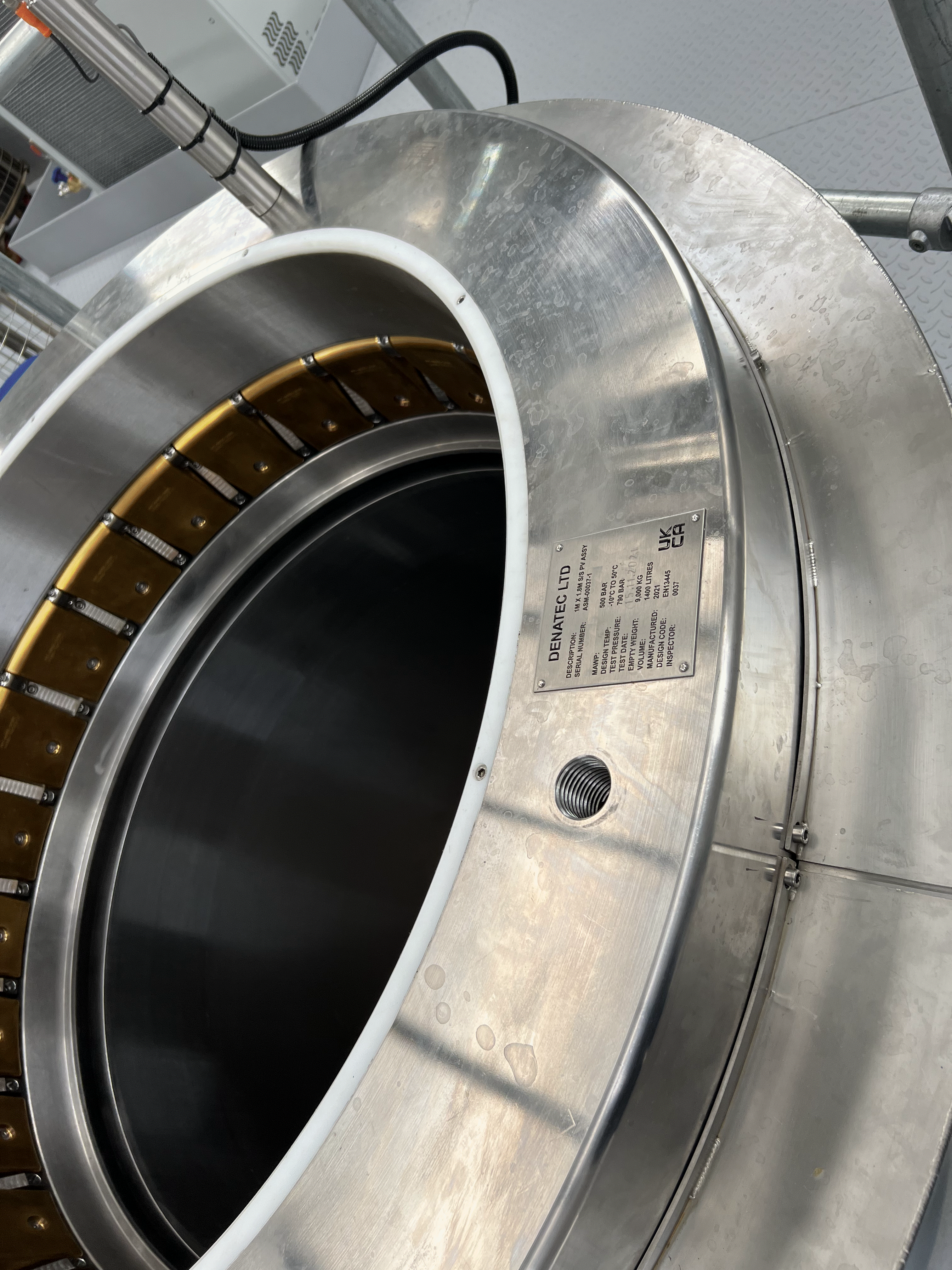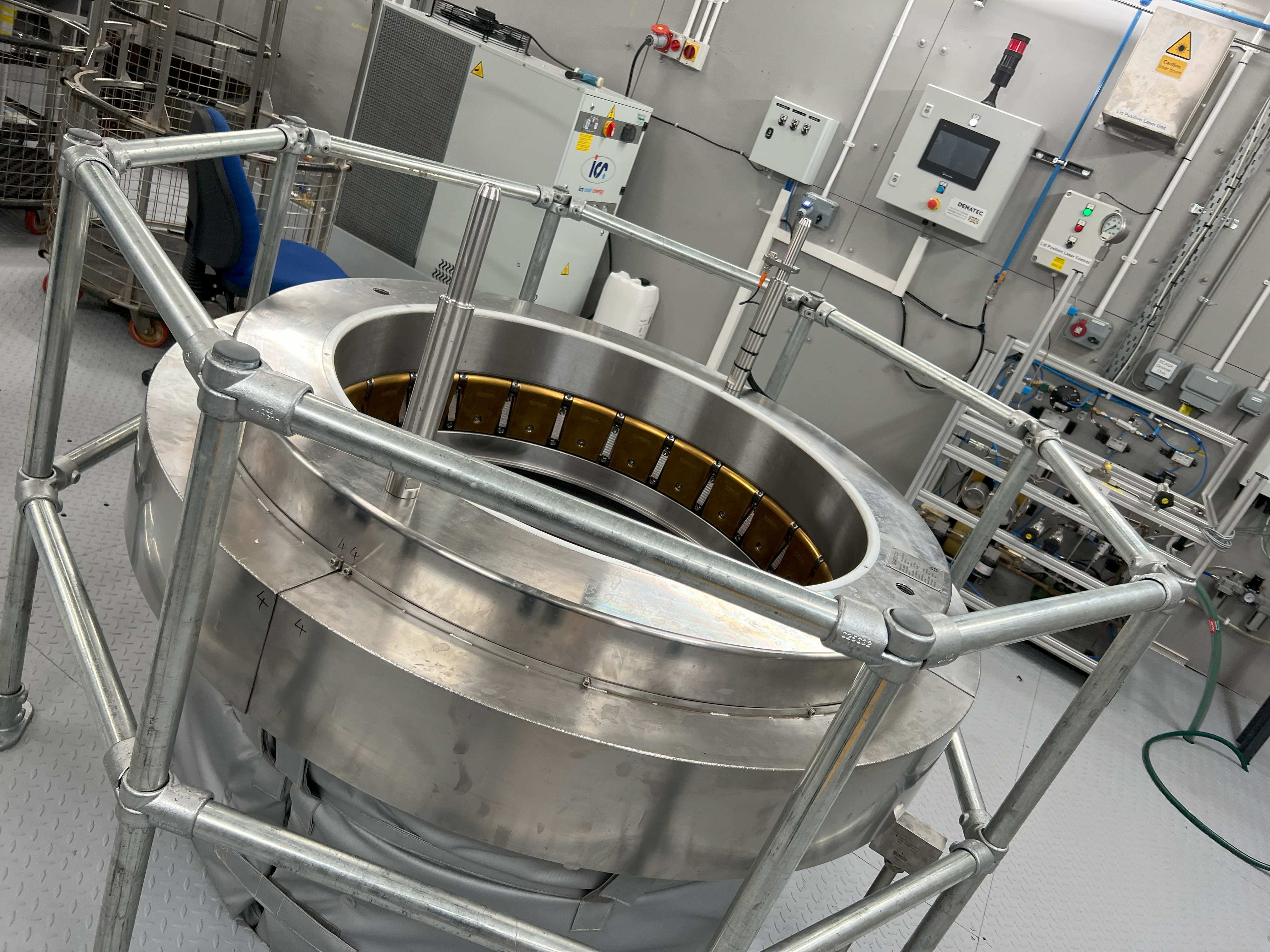For decades, one of Denatec’s customer’s had been using an old hyperbaric test chamber for testing subsea electrical cable harnesses. Like all good things, it’s life had to come to an end, and it was subsequently decommissioned due to safety reasons. Denatec were tasked with designing a similar style hyperbaric testing chamber but with a neater closure mechanism, being lower in weight, having a smaller footprint and having all the wetted components manufactured from the latest in high strength Stainless Steel.
Firstly, the team came up with a totally unique closure mechanism that featured an automated, PVD coated, segmented ring design. To maximise the available space on the chamber’s plug (for multiple electrical penetrations), the segmented locking ring is cleverly designed to retract into the chamber body at the push of a button, yet minimise stresses in the material when the chamber is pressurised.
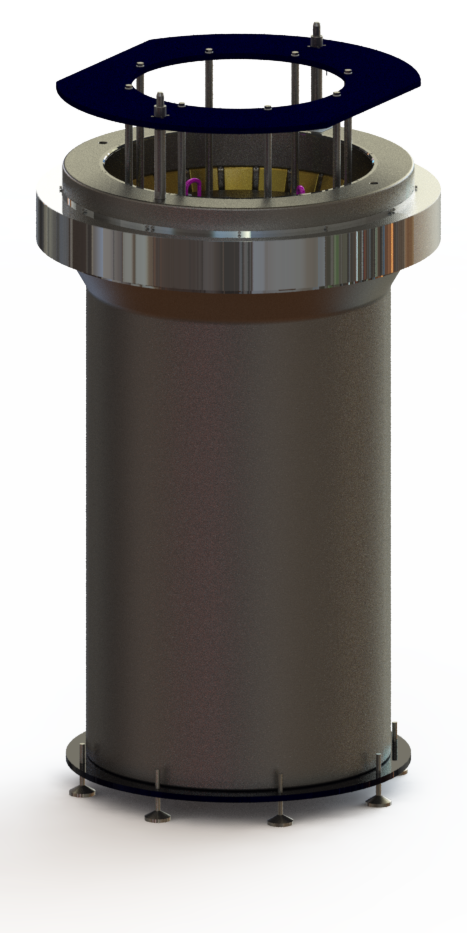
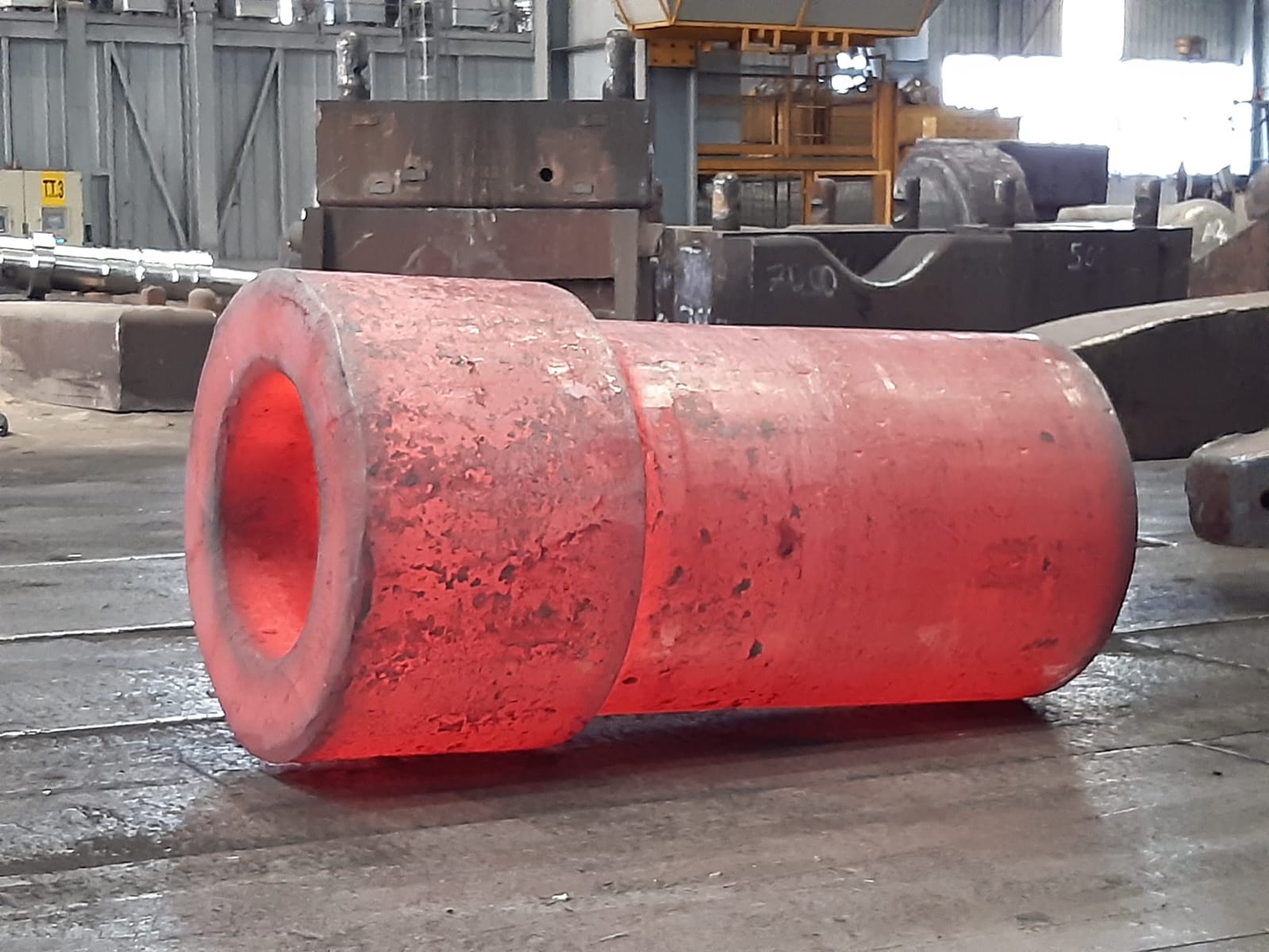
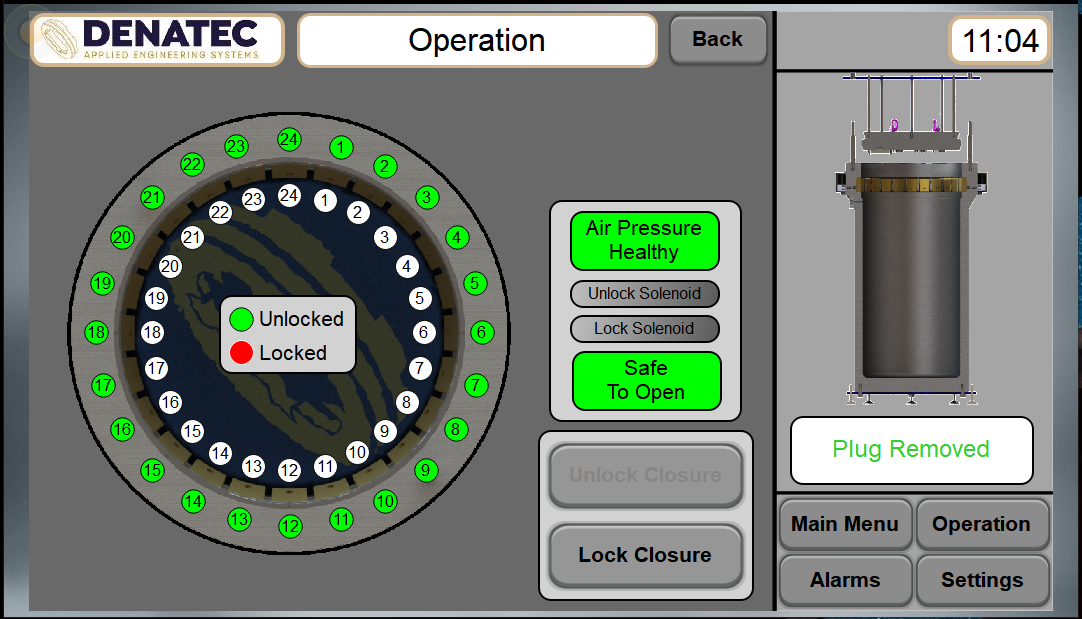
With the design signed off and approved by the customer, the team went about sourcing the raw materials, which as shown above, included an extremely accurate forged, high strength stainless steel chamber body that started out life weighing approximately 15-20 tonnes.
Once forged, the chamber body, plug and segmented locking ring were precision machined and assembled together in one of Denatec’s assembly & testing bays. The full chamber was hydrostatically tested at 790 Bar (1.43 x the design pressure) and signed off by the third party Notified Body.
The next challenge was the removal of the existing chamber and the subsequent siting, positioning, installation and commissioning of the new chamber. Denatec’s team of engineers worked closely with a specialist equipment moving company to make sure that the process went ahead as smoothly as possible.
Finally, the automation and controls team were asked to come up with a clever solution for measuring and monitoring the fatigue life of the chamber. With the measurement of each pressure cycle, the data is fed into a bespoke piece of Denatec software that features a clever algorithm for working out the cumulative effect of varying pressure cycles and the subsequent life of the chamber.
